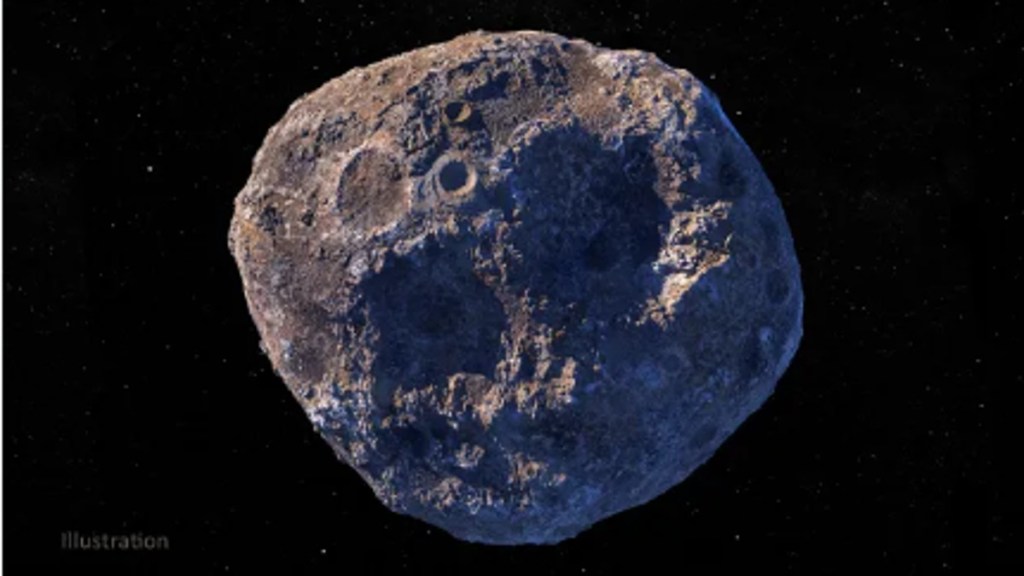NASA has conducted a hypothetical exercise revealing a 72% likelihood of a potentially hazardous asteroid striking Earth, highlighting potential inadequacies in our preparedness to avert such a disaster.
According to an official report, NASA’s fifth biennial Planetary Defense Interagency Tabletop Exercise took place in April, with a summary released on June 20. The exercise was held at the Johns Hopkins Applied Physics Laboratory (APL) in Laurel, Maryland. Nearly 100 representatives from various U.S. government agencies and international collaborators participated.
Although no significant asteroid threats are known in the foreseeable future, the exercise aimed to assess Earth’s readiness to respond to a potential asteroid impact. NASA emphasized that the exercise offered crucial insights into the risks, response strategies, and collaboration opportunities posed by different scenarios.
Lindley Johnson, NASA’s Planetary Defense Officer Emeritus, commented on the exercise: “The uncertainties in these initial conditions for the exercise allowed participants to consider a particularly challenging set of circumstances. A large asteroid impact is potentially the only natural disaster humanity has the technology to predict years in advance and take action to prevent.”
The summary noted that participants evaluated potential national and global responses to a hypothetical scenario where a newly detected asteroid had a 72% chance of impacting Earth in approximately 14 years, specifically on July 12, 2038. However, NASA pointed out that initial observations were insufficient to accurately determine the asteroid’s size, composition, and long-term trajectory.
The exercise also highlighted several key gaps in Earth’s preparedness: undefined decision-making processes and risk tolerance, limited readiness for rapid implementation of space missions, the need for timely global coordination of messaging, and undefined asteroid-impact disaster management plans.
Notably, this exercise was the first to utilize data from NASA’s DART (Double Asteroid Redirection Test) mission, which has demonstrated that a kinetic impactor can alter an asteroid’s trajectory.
To enhance our ability to detect and respond to potentially hazardous asteroids, NASA is developing the NEO Surveyor (Near-Earth Object Surveyor). Scheduled for launch in June 2028, this infrared space telescope is designed to accelerate the discovery of most potentially hazardous near-Earth objects years before they could pose a threat.

